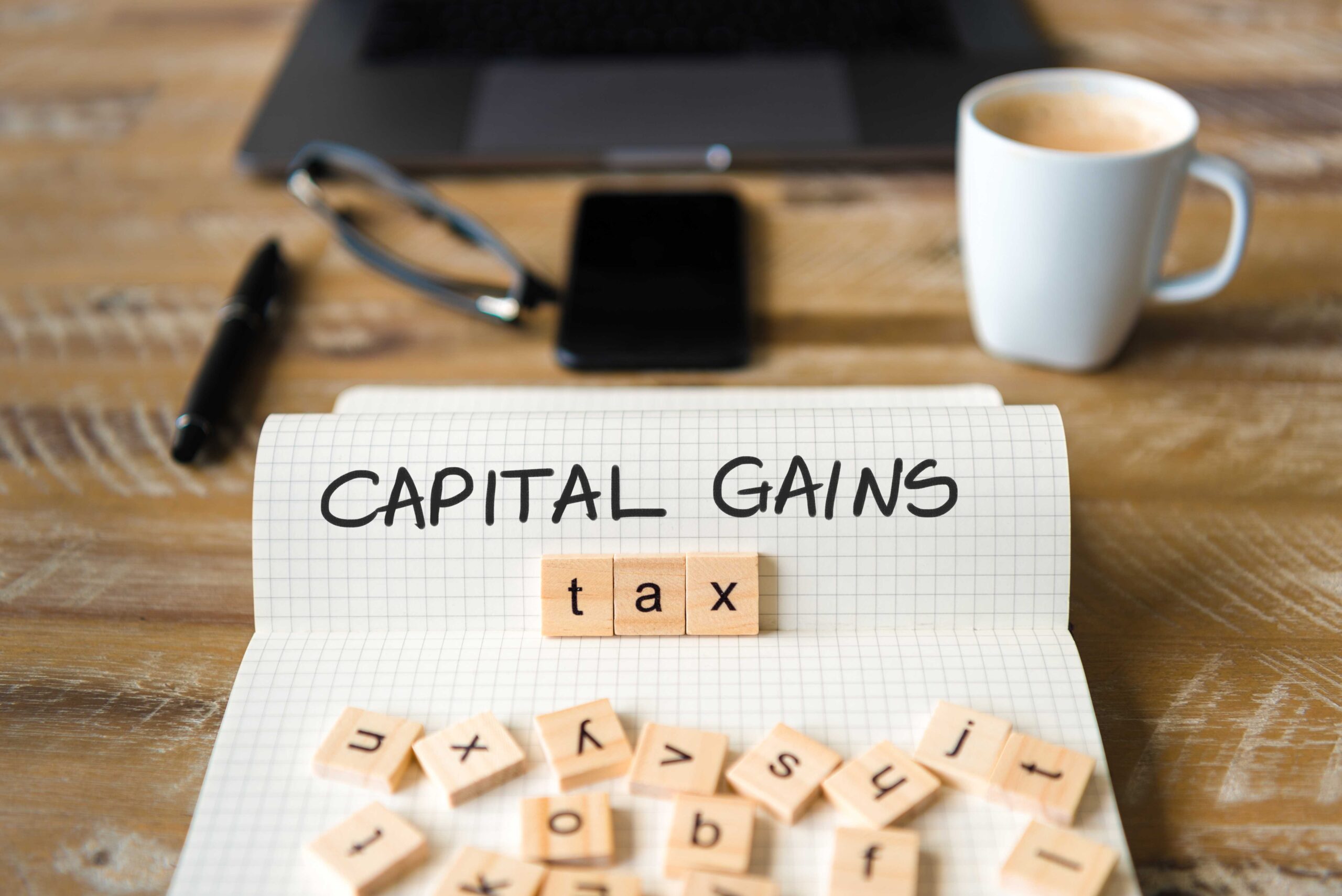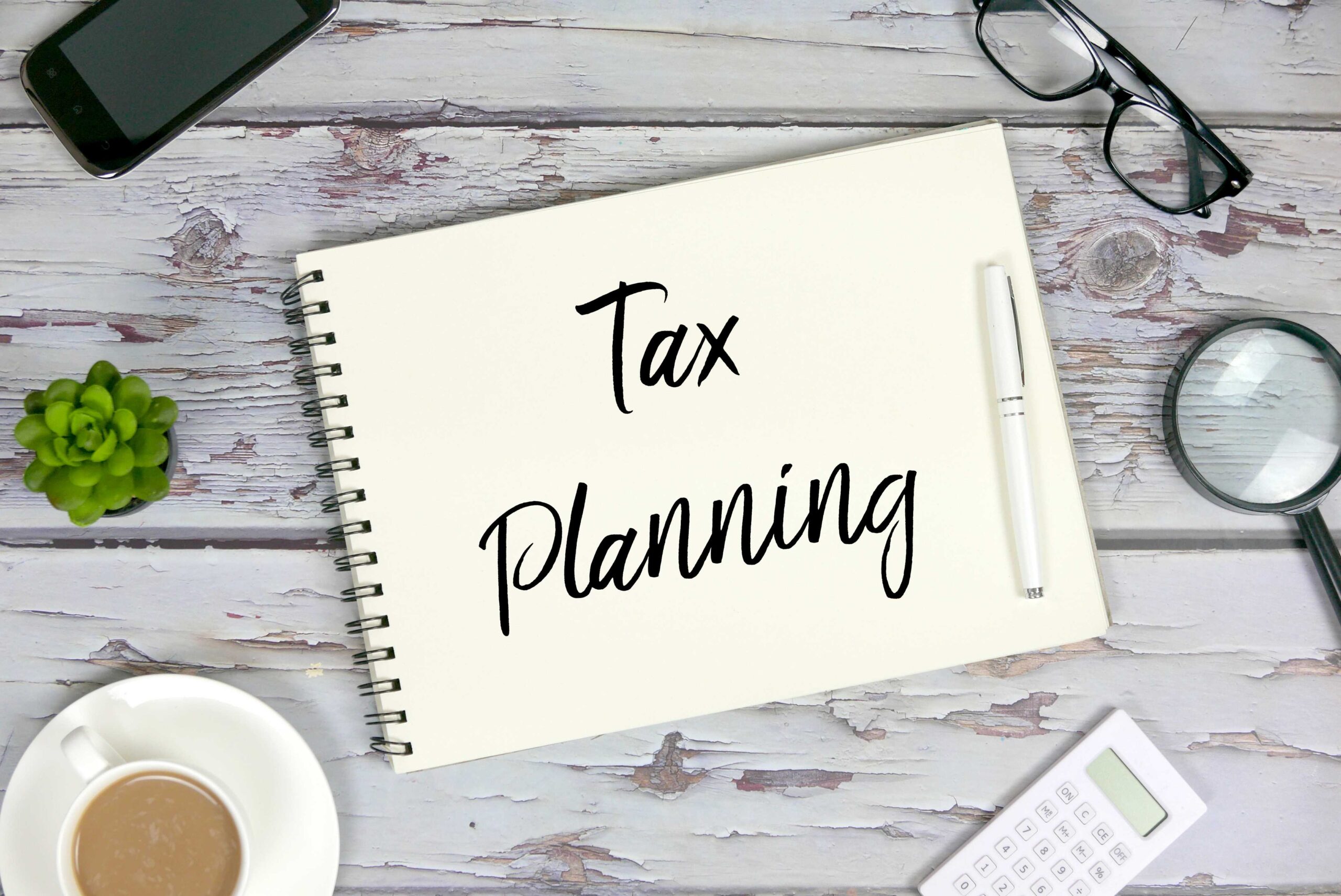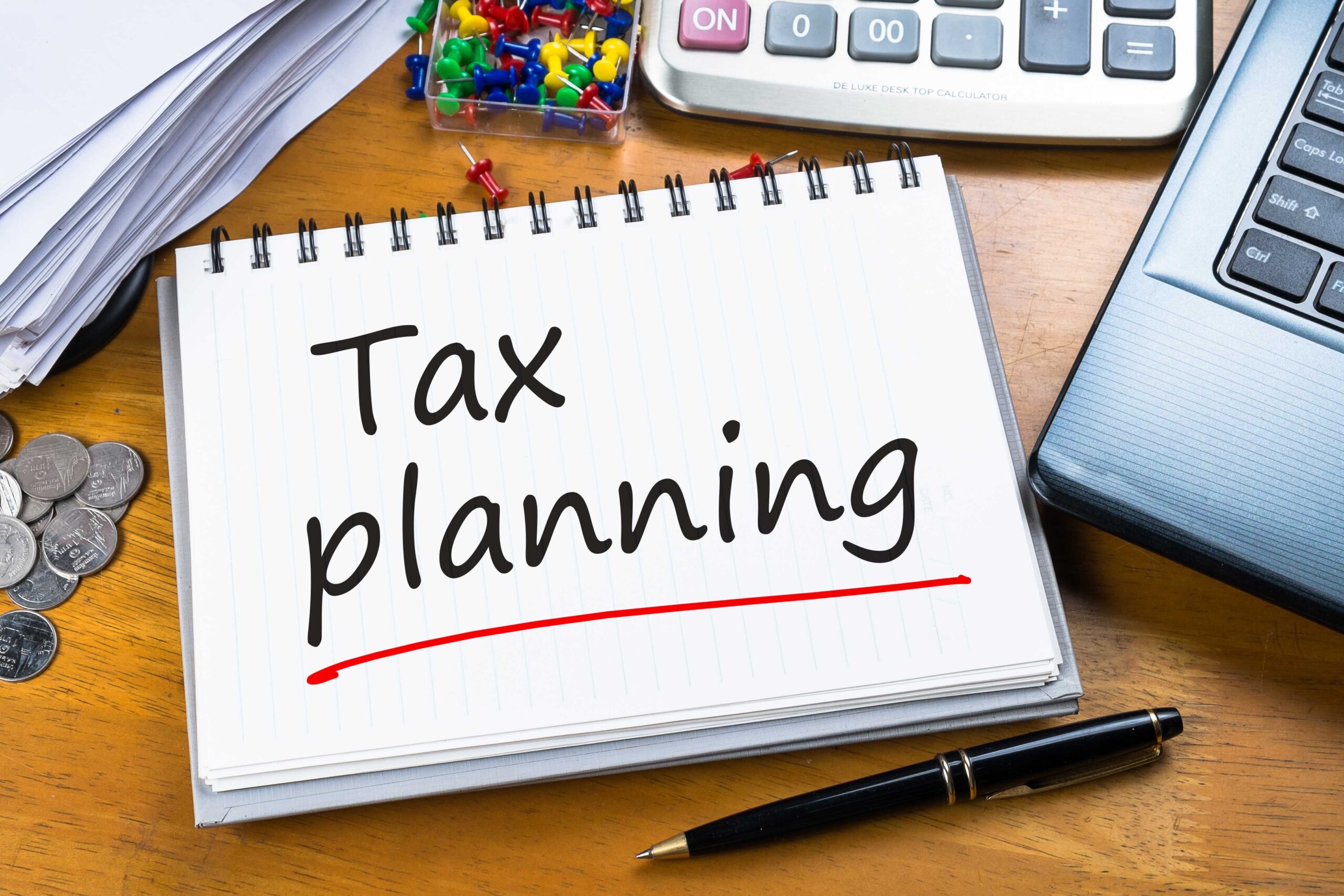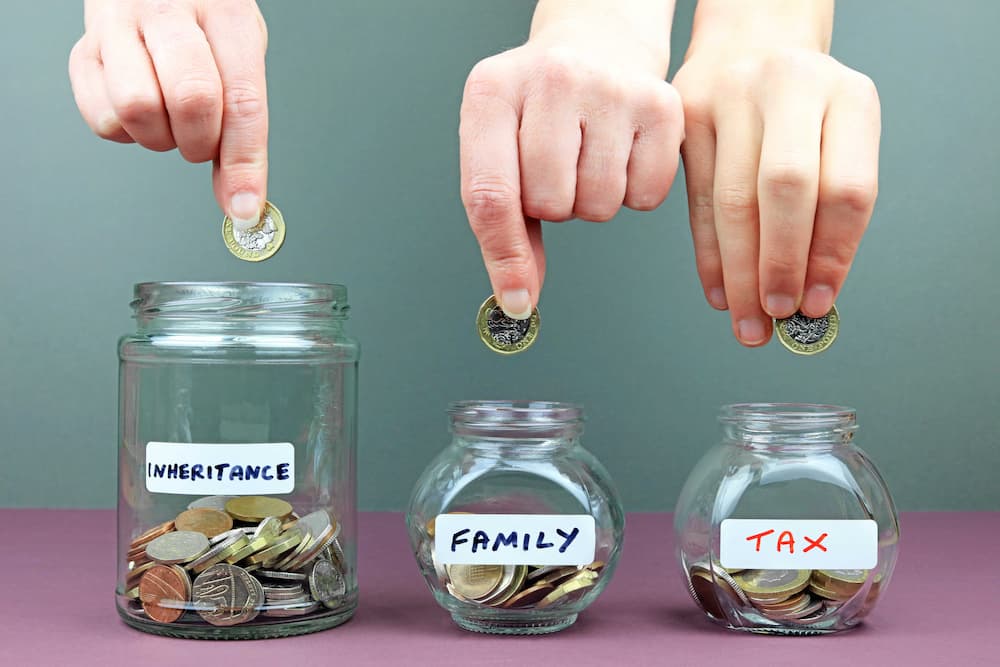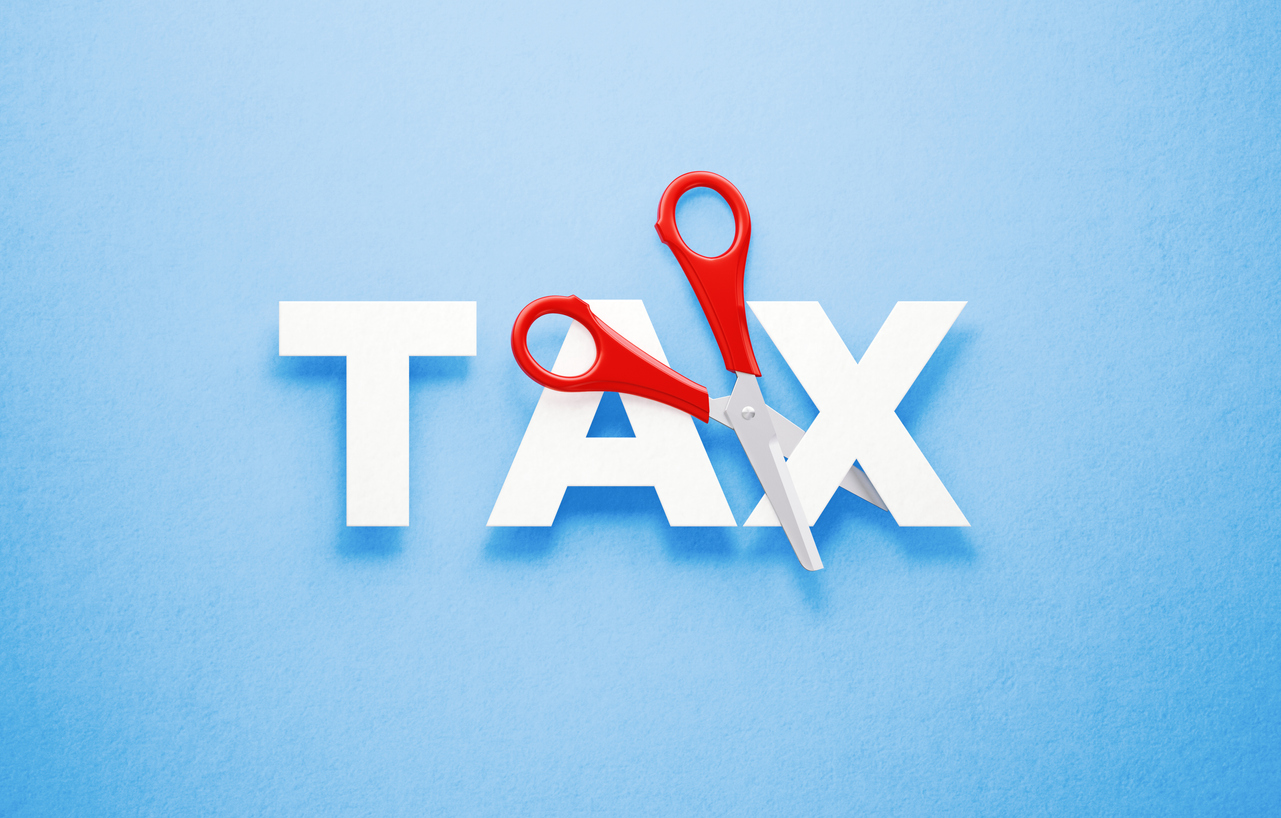
As we are hurtling towards the end of another tax year, it is important to take the opportunity of reviewing your finances and take appropriate action to make the most of available allowances, exemptions, and tax reliefs, before the deadline on 5th April.
Top-up pension contributions
Making additional pension contributions can help boost your retirement savings and reduce your Income Tax bill. Qualifying personal pension contributions automatically benefit from tax relief at basic rate; however higher-rate and additional-rate taxpayers can also claim additional tax relief through their self-assessment tax return. The maximum you can contribute into a pension in the current tax year, also known as the Annual Allowance, is £60,000 or 100% of your relevant earnings, whichever is lower. This allowance covers all contributions made to pensions in the tax year, including those made into a workplace pension.
Higher earners need to proceed with caution, as those earning over £200,000 may well see their Annual Allowance reduced via a taper. Anyone who has flexibly accessed a pension in the past also needs to take care, as they will be subject to the Money Purchase Annual Allowance, which limits the level of contributions to £10,000. As there could be tax penalties if the level of contribution breaches your available allowance, we recommend you seek advice before making additional pension contributions.
Consider Capital Gains
After being heavily reduced over recent tax years, the annual Capital Gains Tax (CGT) exemption is just £3,000 for individuals, and £1,500 for Trustees in the current tax year. Despite the much smaller CGT exempt amount available, it would be wise to consider investments that sit outside of a tax efficient wrapper, to see whether it would be sensible to sell assets to make use of the exemption before the end of the tax year, as the exemption cannot be carried forward if not used.
Gains made above the CGT exemption are subject to higher rates of tax following the Budget in October 2024. For investment disposals, basic rate taxpayers are now liable to CGT at a rate of 18% on the excess above the exemption, with higher rate taxpayers paying 24%.
Tax implications should not be the only consideration when deciding whether to sell an investment. Furthermore, if you hold an investment portfolio, choosing which investment to sell can be problematic. Our advisers can consider an existing investment portfolio and provide advice on the best course of action.
Use your ISA allowance
Individual Savings Accounts (ISAs) remain one of the most tax-efficient ways to save and invest, as you do not pay tax on interest or dividends generated from within the ISA, and assets sold within an ISA are not subject to CGT.
As the tax year draws to a close, it is time to assess whether you have fully used your available ISA allowances. For the 2024/25 tax year, the ISA allowance stands at £20,000 per individual. This allowance can be split between a Cash ISA, Stocks and Shares ISA, Innovative Finance ISA, and Lifetime ISA (up to a certain limit). In addition, up to £9,000 can be invested in a Junior ISA, which can be held by a child up to the age of eighteen.
It is important to note that ISA allowances must be used in the tax year in question, otherwise they are lost. There is no facility to carry forward or make use of allowances from previous years. It is very much a case of “use it or lose it”.
Planning to reduce an Inheritance Tax liability
One of the simplest methods to reduce a potential Inheritance Tax (IHT) liability is to make gifts, and the end of the tax year is a call to action to consider whether this would be a sensible step to take.
The annual gift exemption is set at £3,000 per person, which means that everyone can gift this amount in the current tax year. Couples can benefit from making joint gifts, effectively doubling the annual gift exemption to £6,000. In addition, if you have not used the gift exemption in the previous tax year, you can carry forward any unused allowance for a single tax year.
Gifts that are greater than the annual gift exemption are also potentially exempt from IHT, if the individual making the gift survives for seven years after making the gift. You could also consider making gifts out of income which is surplus over your normal expenditure. These rules are complex, but used correctly, such gifts can be a powerful way of gifting regular sums, without the seven-year rule applying. We recommend seeking independent advice if you wish to consider making gifts using this method.
Other tax breaks
Those who are married or in a civil partnership could benefit from the marriage allowance. This is only effective if one partner earns below £12,570 per annum, and the other pays tax at basic rate. The non-taxpaying partner could transfer £1,260 of their personal allowance to the taxpaying partner, which would result in an income tax saving of £252. You can also potentially make a backdated claim for the last four tax years, if you were eligible.
It is also worth reviewing your income position in relation to the Child Benefit High Income Charge. This affects those with an adjusted net income which exceeds the earnings threshold, which increased from £50,000 to £60,000 from April 2024. Making pension contributions could be an effective way of reducing your net income to reduce or remove the charge completely.
Seek advice
As we reach the end of another tax year, it would be sensible to consider your financial arrangements to make the most of the available allowances and reliefs, many of which will be lost if not used.
Speak to one of our independent financial planners to carry out an impartial review of your financial position and consider any actions that need to be taken.


